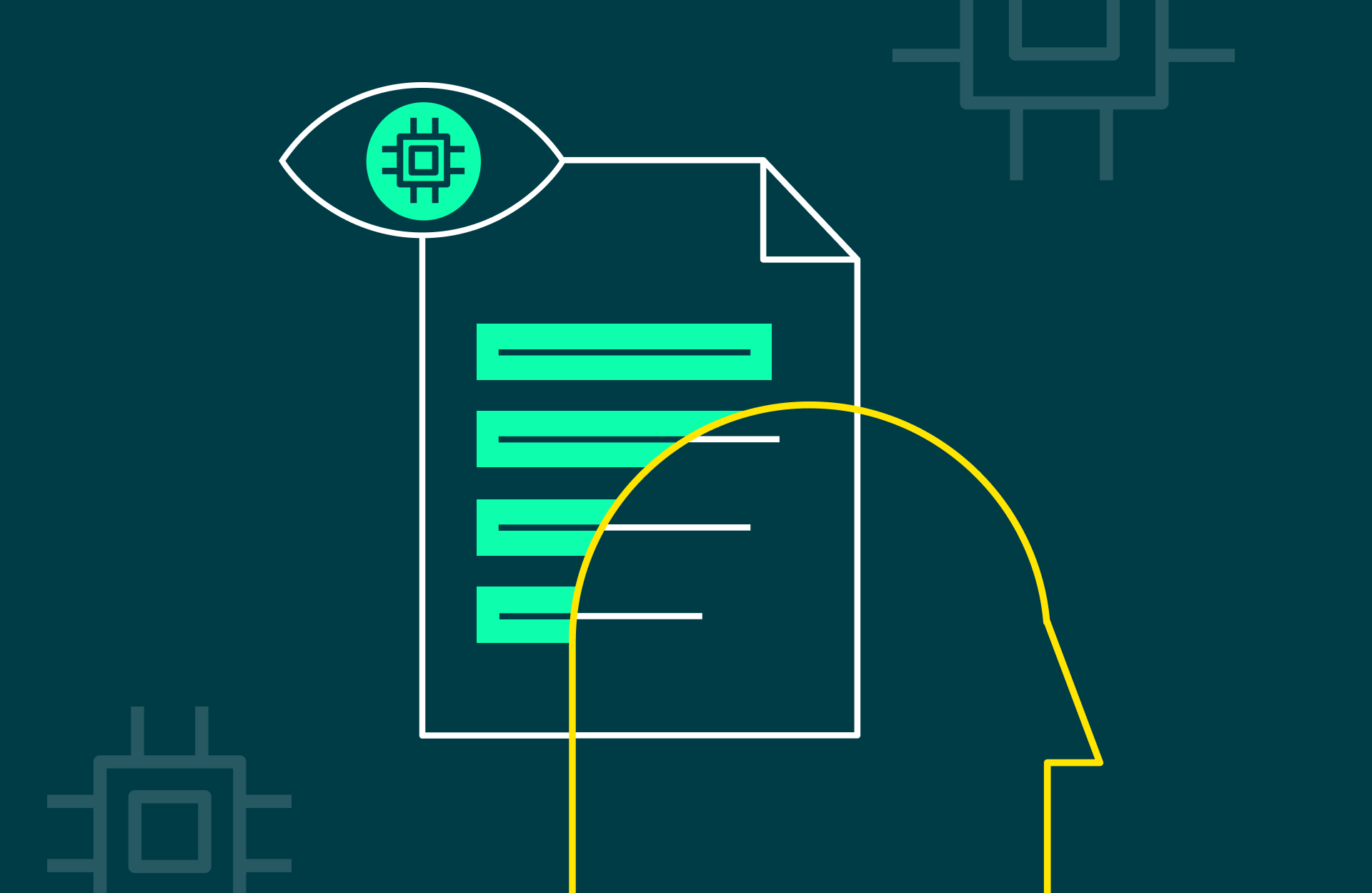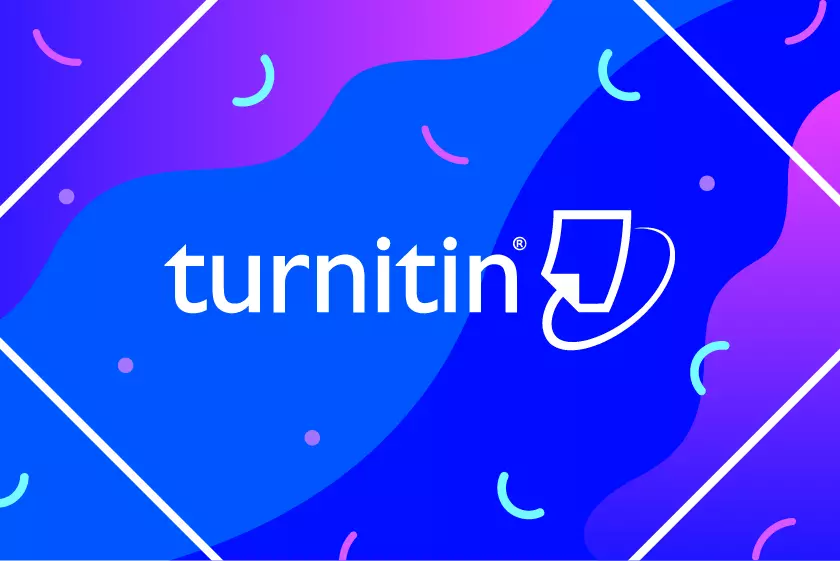
In today's educational landscape, the integrity of academic work holds paramount importance. With the vast resources available online, ensuring originality and authenticity in student submissions has become a challenging task for educators.
Enter Turnitin, a powerful tool designed to uphold academic integrity by detecting plagiarism and promoting original writing.
In this blog post, we'll delve into what Turnitin is, how it works, its significance in academia, and the debate surrounding its usage.
What is Turnitin?
Turnitin is a pivotal web-based plagiarism prevention system widely adopted by numerous universities across the United Kingdom. Its multifaceted utility encompasses three primary functions:
1. Acting as a deterrent against plagiarism within academic submissions.
2. Furnishing comprehensive reports that aid in pinpointing instances of plagiarism, thereby facilitating academic integrity.
3. Equipping students with a valuable tool to recognize and rectify potential instances of plagiarism in their own work, thus fostering an environment conducive to enhancing their academic writing skills.
How Turnitin Works?

1. Submission: Students upload their assignments, essays, or research papers to the Turnitin platform through their institution's learning management system or directly on Turnitin's website.
2. Analysis: Turnitin analyzes the submitted documents by comparing them against its vast database, which includes academic journals, publications, websites, and student papers from various educational institutions worldwide.
3. Originality Report: After analysis, Turnitin generates an originality report highlighting any instances of text similarity found in the submitted work. This report provides a detailed breakdown of matched content, indicating the percentage of similarity and referencing the sources where matches were found.
4. Instructor Review: Instructors or educators review the originality report to assess the integrity of the student's work. They can examine matched sources, evaluate the nature of similarities, and determine whether proper citation and referencing have been employed.
Turnitin Pros and Cons
Here's an overview of the pros and cons of using Turnitin.
Turnitin Pros
-
Plagiarism Detection: Turnitin is highly effective in detecting plagiarism by comparing submitted documents against a vast database of academic sources, publications, and previously submitted papers.
-
Promotes Academic Integrity: By discouraging plagiarism and promoting original writing, Turnitin upholds academic standards and integrity within educational institutions.
-
Educational Tool: Turnitin serves as an educational tool, providing feedback on originality and source integration. It helps students understand proper citation practices and encourages critical thinking.
-
Quality Assurance: Institutions use Turnitin to ensure the quality and authenticity of academic submissions, contributing to the credibility of assessment processes and academic outcomes.
-
Time-Saving: Turnitin automates the process of plagiarism detection, saving instructors time and effort in manually checking for plagiarism.
-
Comprehensive Reports: Turnitin generates detailed originality reports, highlighting matched content and indicating the percentage of similarity. This allows instructors to review and evaluate the integrity of student submissions effectively.
Turnitin Cons
-
Privacy Concerns: There are privacy concerns regarding the storage and use of student submissions on Turnitin's database. Some individuals may be apprehensive about the accessibility and security of their personal data.
-
False Positives: Turnitin's algorithm may occasionally generate false positives, flagging legitimate text matches or common phrases as instances of plagiarism. This can lead to misunderstandings and unnecessary stress for students.
-
Pedagogical Approach: Critics argue that Turnitin's focus on plagiarism detection may overshadow opportunities for constructive feedback and genuine learning experiences. There's a debate about whether it aligns with effective pedagogical practices.
-
Cost and Accessibility: Turnitin licenses can be expensive for educational institutions, posing accessibility issues for those facing financial constraints. Additionally, some students may not have access to the platform due to costs or technological barriers.
-
Limited Language Support: Turnitin's effectiveness in detecting plagiarism may vary depending on the language of the submitted documents. It may not be as reliable for languages other than English or for documents with specialized terminology.
-
Overreliance on Technology: There's a risk of overreliance on Turnitin as a sole means of assessing academic integrity. Educators should complement its usage with other strategies for promoting original writing and critical thinking skills.
Conclusion on What is Turnitin
In conclusion, Turnitin is a valuable tool for promoting academic integrity, detecting plagiarism, and guiding students toward original writing practices.
However, its usage should be accompanied by careful consideration of privacy concerns, false positives, pedagogical approaches, and accessibility issues.
By striking a balance between maintaining academic standards and addressing these concerns, educators can harness the potential of Turnitin to enhance the quality and authenticity of academic work in the digital age.

